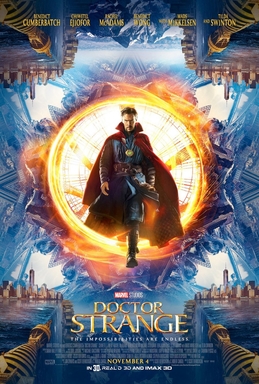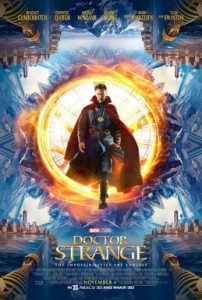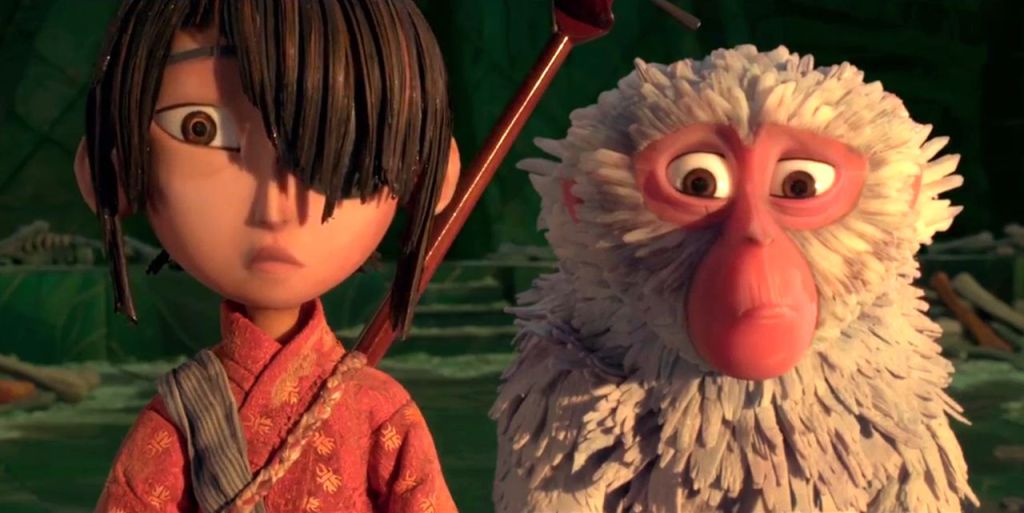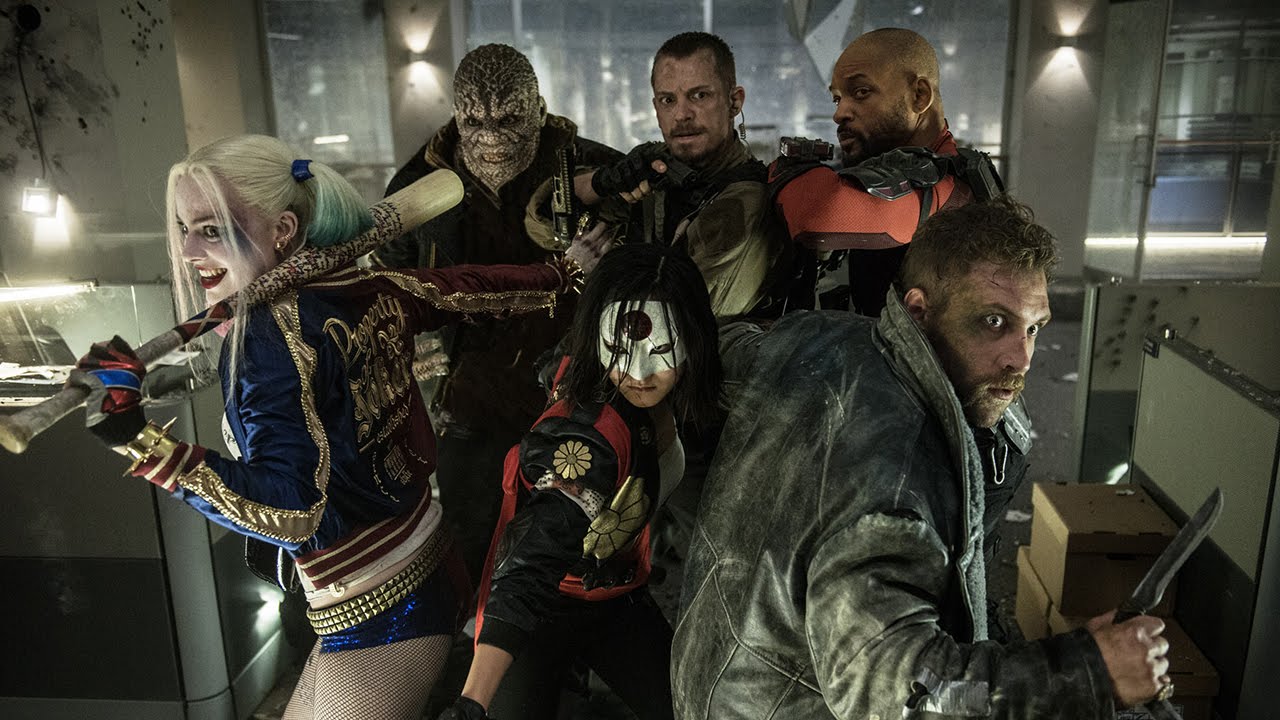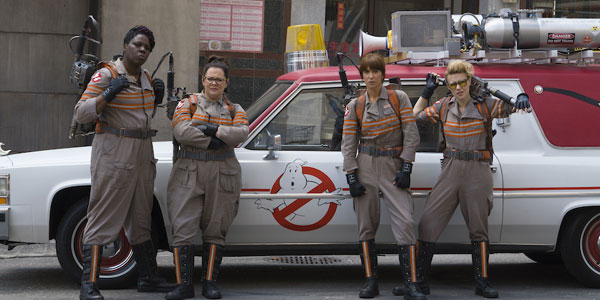Moana
Posted on November 27, 2016 at 4:40 pm
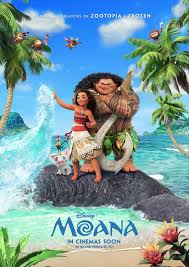
Disney has kept the best of its reliable formula and freshened it up with a spirited story inspired by the ancient myths of the Pacific Islands and a spirited heroine who dreams of adventure, not finding a prince. It is gorgeously animated, heartwarming, exciting, and slyly self-aware. At one point a character notes that if she has a dress and an animal sidekick, she must be a princess. And in a scene way at the end of the credits (stay ALL the way to the end), a character re-appears to compare himself to another well-known animated Disney character. But it is also utterly sincere in its affection for the heroine and her quest.
Moana (Auli’i Cravalho) lives on an Polynesian island paradise. Her father is the king and she will someday be the community’s leader. She has the run of the island, and loves the shore. She has the heart of an explorer, but her parents tell her that their people do not go beyond the reef because it is not safe out on the ocean. They do their best to warn her, but there is nothing that can stop Moana’s curiosity and sense of adventure, even after an initial voyage goes badly. Moana wants to know what happened to the courageous voyagers who once led expeditions from her island led by wayfarers who navigated with the stars. The ocean itself invites her to explore.
When an environmental disaster strikes, Moana realizes that the rules have to change. Her people will be wiped out unless she can return the heart that was stolen from Te Fiti, the goddess who created the world. Her heart, a pounamu stone, was stolen by the mischief-maker Maui (Dwayne Johnson), and the destruction that created has reached Moana’s island. Moana needs to find Maui and return the heart, before all of the island’s plants and fish turn to ashes.
Moana finds Maui, but he does not want to help, he has lost the stone, and Te Fiti broke the magical fishhook that is the source of most of his power. Without a working fishhook, his ability to shapeshift is badly compromised, leading to some hilarious misfires (watch quickly for one of his mistaken personas, a character from “Frozen”). Johnson’s ebullience is perfect for Maui, reminiscent of Robin Williams as the genie in “Aladdin,” with his mercurial personas and helpful but trickster role. He is covered with Maori-style tattoos which delightfully interact with him, a mini-movie of their own.
The two of them go on a journey filled with adventure and with great songs from “Hamilton’s” Lin-Manuel Miranda and Opetaia Foa’i. Highlights include Maui’s riotous “You’re Welcome,” as he explains all that he has given mankind (inspired by Maori creation myths) and “Shiny,” performed by Jemaine Clement as a treasure-loving giant crab. Moana is an appealing heroine, brave, smart, determined and devoted to her community. She is even devoted to her animal sidekick, a scrawny chicken with very little brainpower.
The animation is spectacular, with the ocean a character of its own, pygmy pirates, the giant crab, and a lava monster. And the resolution is especially satisfying, with not just redemption and triumph for our heroes and justice, compassion, and forgiveness rather than demonization of the character who would otherwise be the typical villain. The loveable characters, hummable songs, and heartwarming and joyful conclusion make this a holiday season treat for the whole family.
NOTE: Stay all the way to the end of the credits for an extra scene. And be sure to get there in time for the adorable animated short before the film, “Inner Workings,” a sort of variation of “Inside Out,” as we see a man’s internal organs responding to the world around him and enticing him to transcend his daily drudgery with a visit to the beach. It was directed by veteran Disney animator Leo Matsuda.
Parents should know that this film includes action-style peril and violence with some disturbing images, sad (offscreen) deaths, brief schoolyard language, and brief potty humor.
Family discussion: Why didn’t the ocean return the heart itself? What did Moana learn from Maui’s story about his parents?
If you like this, try: “Whale Rider,” “Brave,” and “Mulan” — and try navigating without GPS

